Padel for beginners: Rules, how to play, where to play and the gear you need
What you need to know about the sport that’s a bit like tennis and squash squashed together.

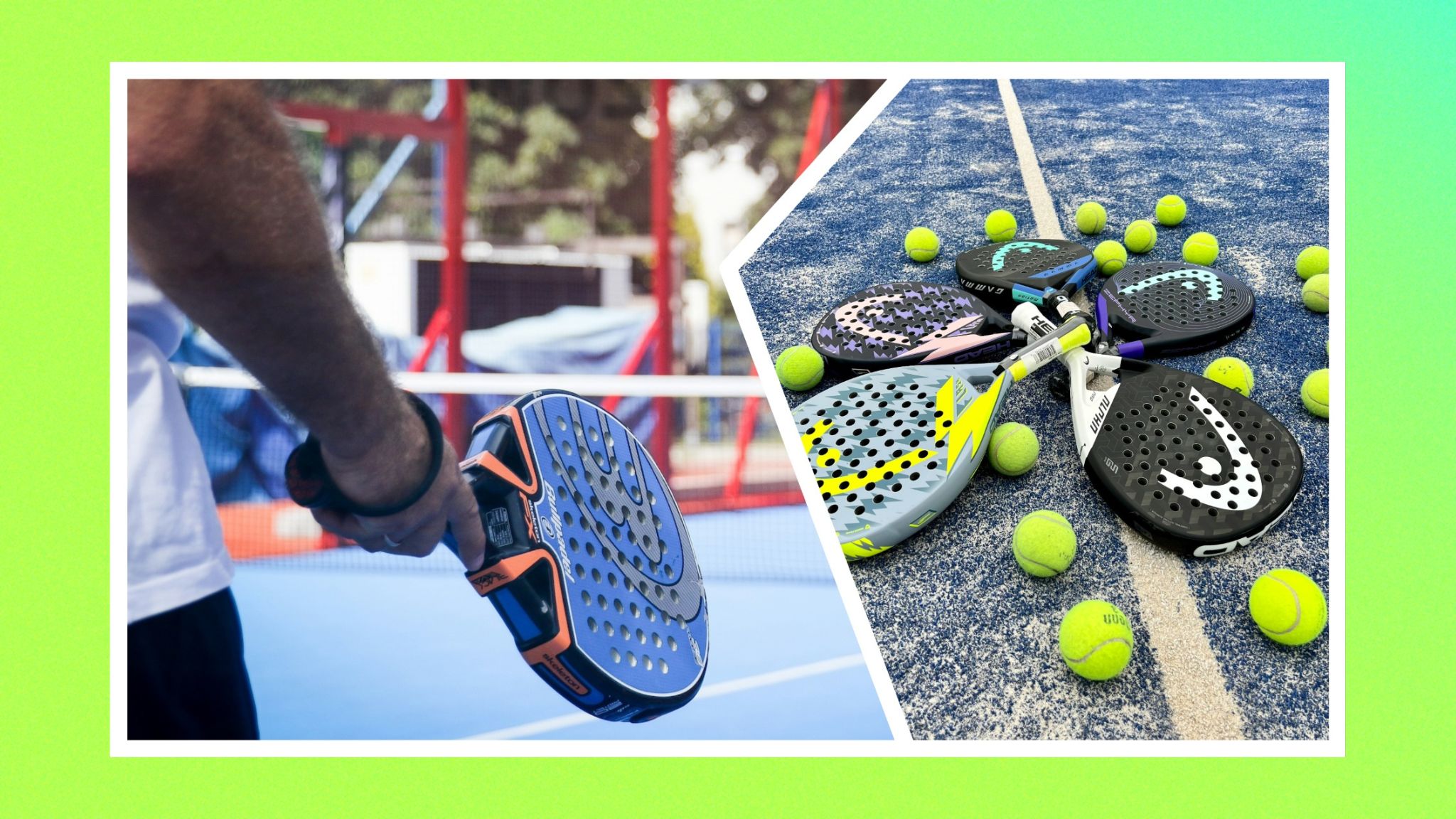
The paddle around Padel is huge. You’ll be hard pressed to find an A-list celeb that’s not got a post or Instagram story of them holding a Padel racket while staring down another high profile face on either side of the net.
The interest in the racket sport has quickly grown over the last few years and according to the latest Global Padel Report, the sport is firmly on the rise in the UK for those that don’t star on the big screen or on big festival stages.
If you’re starting to warm to the idea of giving a Padel a go, but have no idea what it is, how to play it or what you need to play it, here’s our beginner’s guide to the racket sport that’s creating a bit of a buzz.
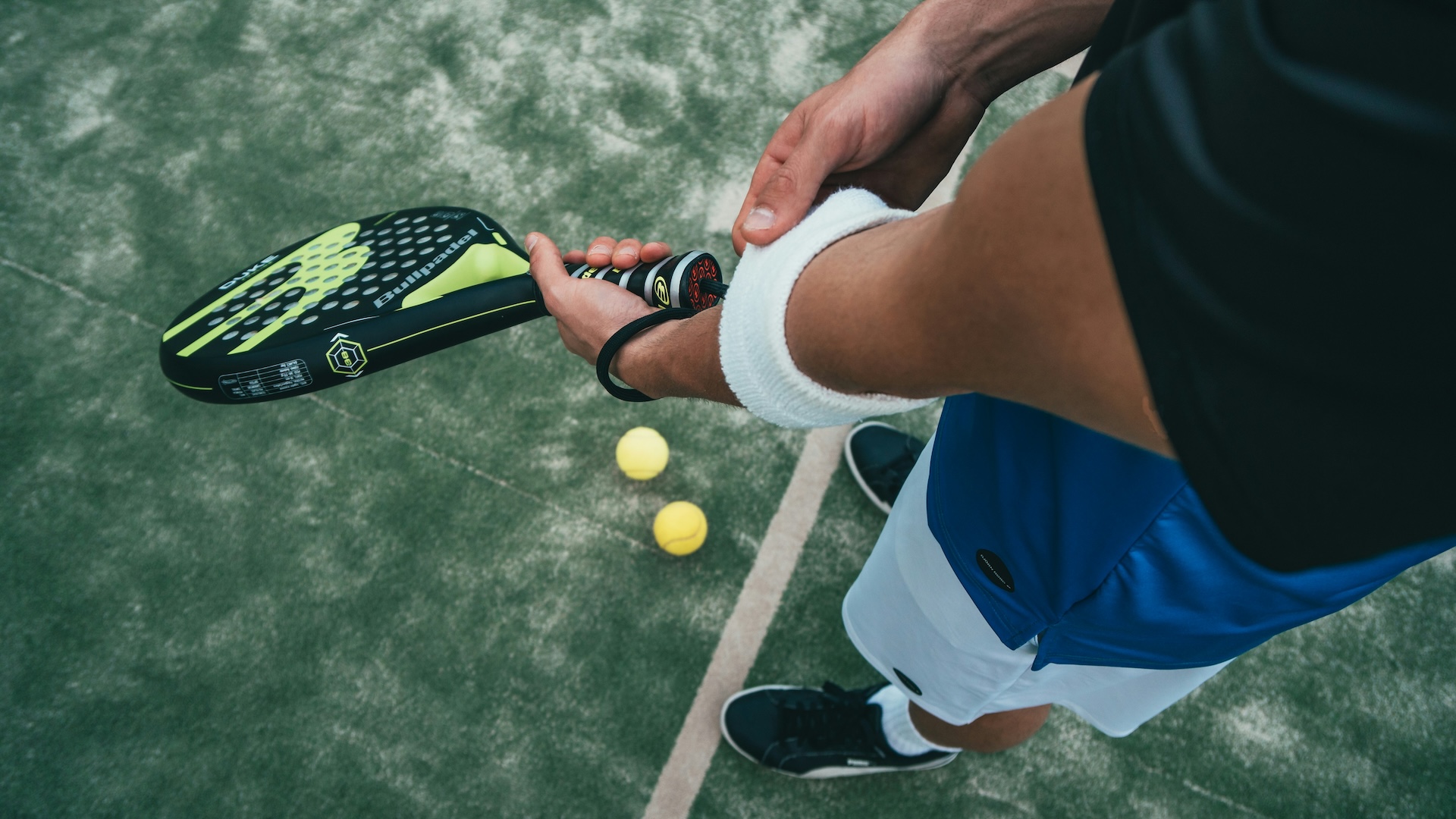
How do you play Padel?
Padel is essentially a mix of tennis and squash. The tennis part is to do with scoring. It’s exactly the same as tennis. You’ll play sets made up of six games and the scoring in those games is the same. Like tennis, you’ll need to win by two games to take a set. There’s also tie breaks if you hit 6-6 in games in a set.
Padel is played in doubles and players on court stand in similar positions to a doubles tennis match. When you’re serving, you need to serve from behind the baseline, while the player receiving the serve can stand anywhere as long as it's diagonally from the player serving.
Serving is done underarm and must be at waist height. The ball must land in the opposing player’s service area. Like tennis, you get two attempts at serving and the ball can be called out if for example if it doesn’t land on the court or hits a wall before bouncing on the court first. That ability to play shots off walls is the squash part.
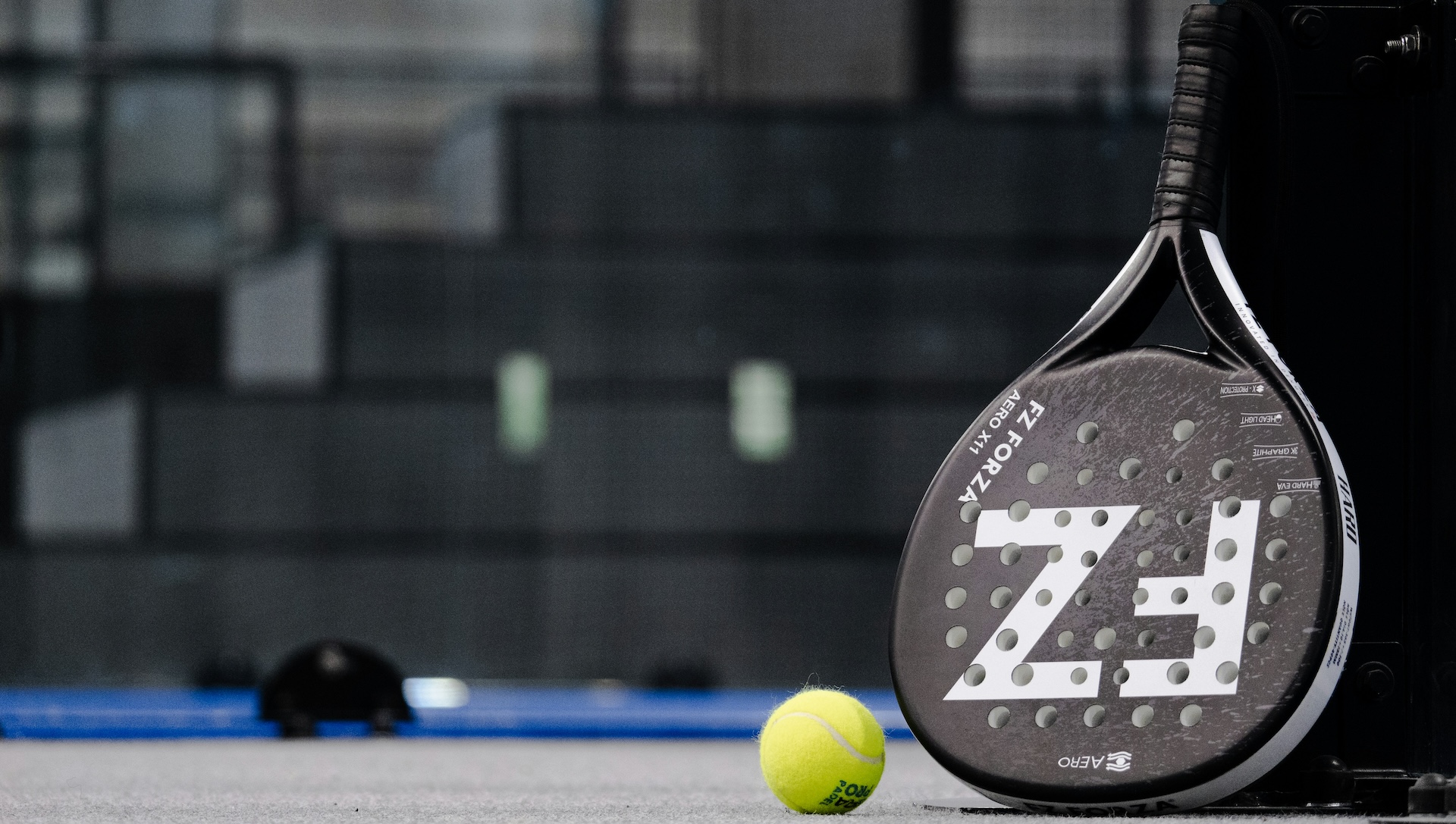
What do you need to play Padel?
Padel court aside, the kit you need are the rackets and the balls to hit. Those rackets are different to the ones you use for tennis or squash, ditching the strings for a closed face that helps to make it a little easier to get a strong contact with the ball.
Get exclusive shortlists, celebrity interviews and the best deals on the products you care about, straight to your inbox.
Padel racquet designs typically fall into two categories. You can find ones made from fibreglass, which are often cheaper, softer and the ideal option for beginner users. There’s also rackets made from carbon fibre, which are more durable and offer greater power when striking the ball. This is the one to grab when you’re more confident in your play and want to add more variety to your Padel play.
For the balls, while they might look like regular tennis ones they’re actually slightly different. If you compare a tennis ball with a Padel ball you’ll notice that a Padel one is actually smaller in comparison. They’re also less pressurised than a tennis ball and that’s to reduce the level of bounce, which again contributes to the ease to play as the ball doesn’t behave too lively.
Fortunately, many Padel clubs and courts will provide rackets and balls, especially if you’re new to the game, which means you can hold off investing in the kit yourself. Just be sure to check with your chosen playing spot first to make sure that’s the case.
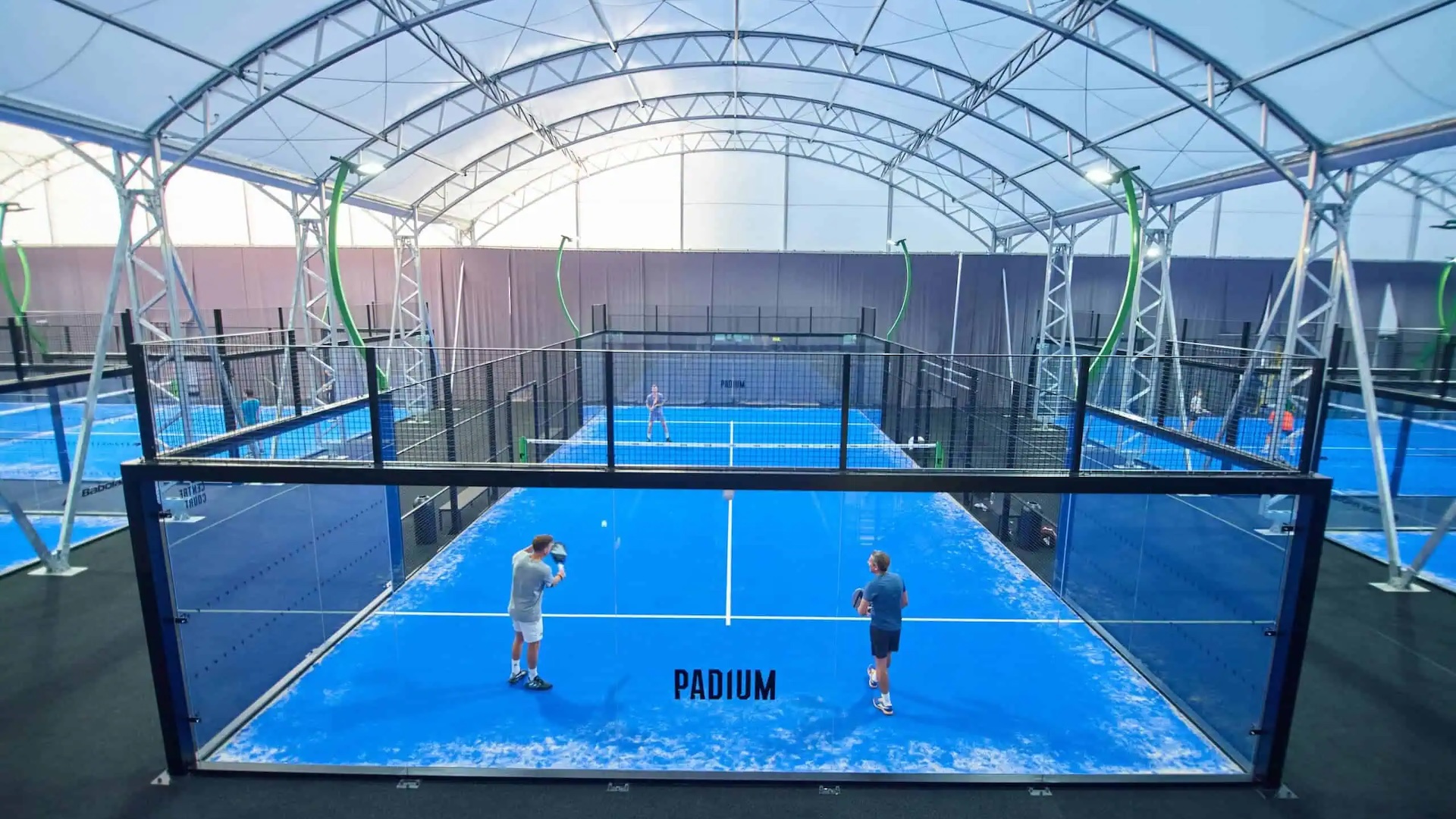
Do you need to be a tennis or squash pro to play Padel?
Absolutely not. It’s a game made to be accessible for all ages and abilities and whether it’s the rackets that are noticeably easier to get contact with the ball or covering a smaller court than a tennis one, or simply having someone alongside you to cover the court, it’s a game designed to be easier than tennis and squash. If you’ve played tennis before, then you’ll certainly see some familiar traits like with some of the stroke play and of course already be familiar with the scoring. For squash players, it’s that ability to know how to use the walls and enclosure around you to make it more difficult for the opposing team to return the ball.
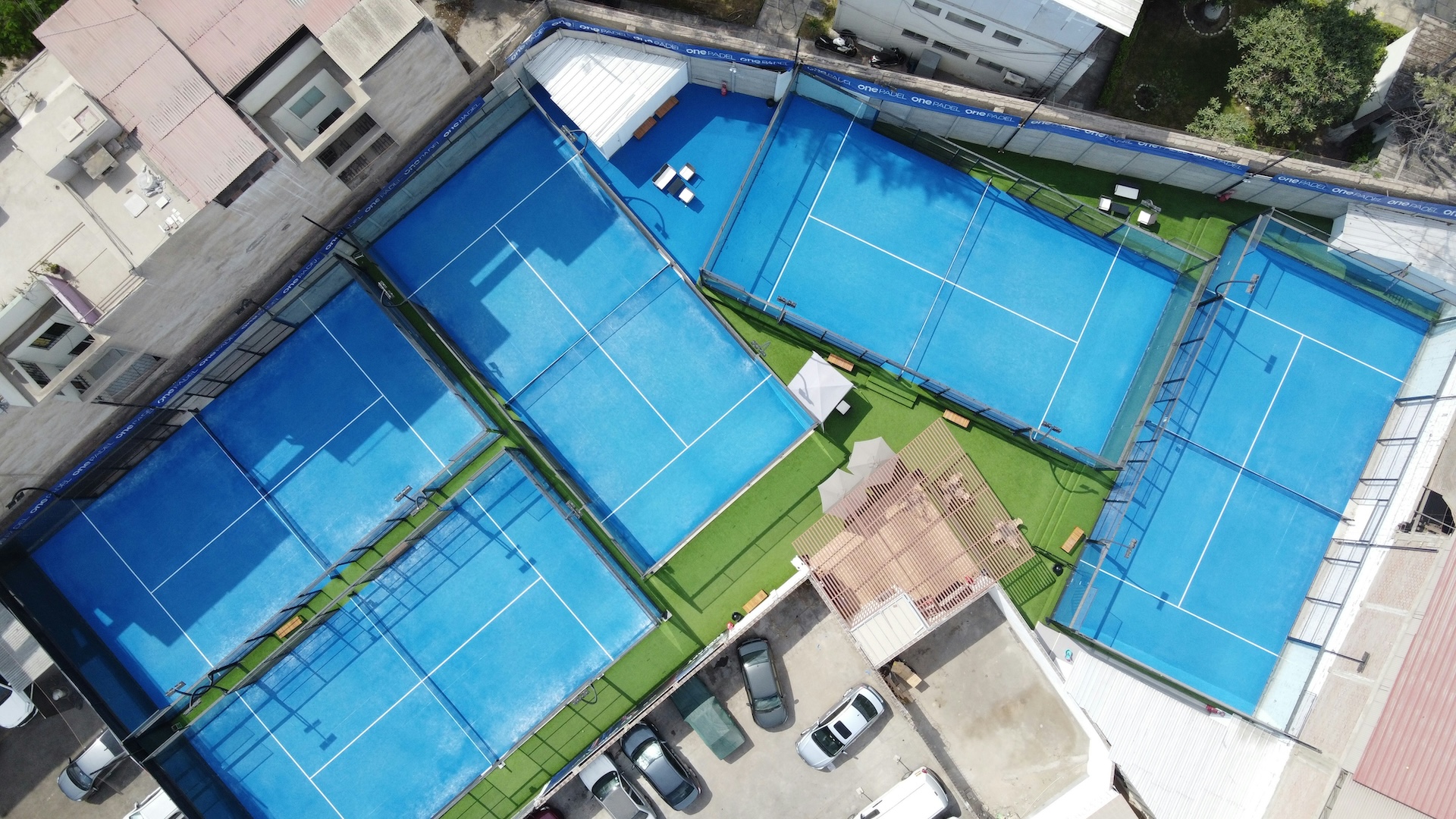
Where can you play?
You cannot just rock up to your local tennis club, jump on a tennis court and get swinging. At least not if you want to play Padel as it’s meant to be played. It’s actually played on a court that’s smaller than a tennis one, with service areas positioned closer to the net than they are on a tennis court. That court is also enclosed, usually with glass if it’s indoors and often metal mesh on outdoor courts. This is key because in Padel you can play shots off those surfaces. You can play a shot off a wall to get it back into the opposing team’s half of the court. Alternatively, you can let the ball strike that enclosure first before you return it to your opponent.
So, you’ll need to find a dedicated court to play. Thankfully, the number of Padel courts are growing and the likes of David Lloyd Clubs and Better offer access to courts that could be indoors or outdoors depending on location. The likes of Padel Social Club, Padium and Rocket Padel are now also popular Padel hotspots in London while the likes of Soul Padel are making it easier for interested players further north to find a game and offer a place to play.
How much does it cost to have a game of Padel? Well, it does depend on where you’re playing. In some places you can book courts for an hour for around £10-11. Some dedicated clubs offer monthly or annual memberships with Padel Social club charging £36 a month or £360 annually. It can be pricey and could depend on the time you want to book for, but you can also find you’ll pay similar to what you would to book out a tennis court.
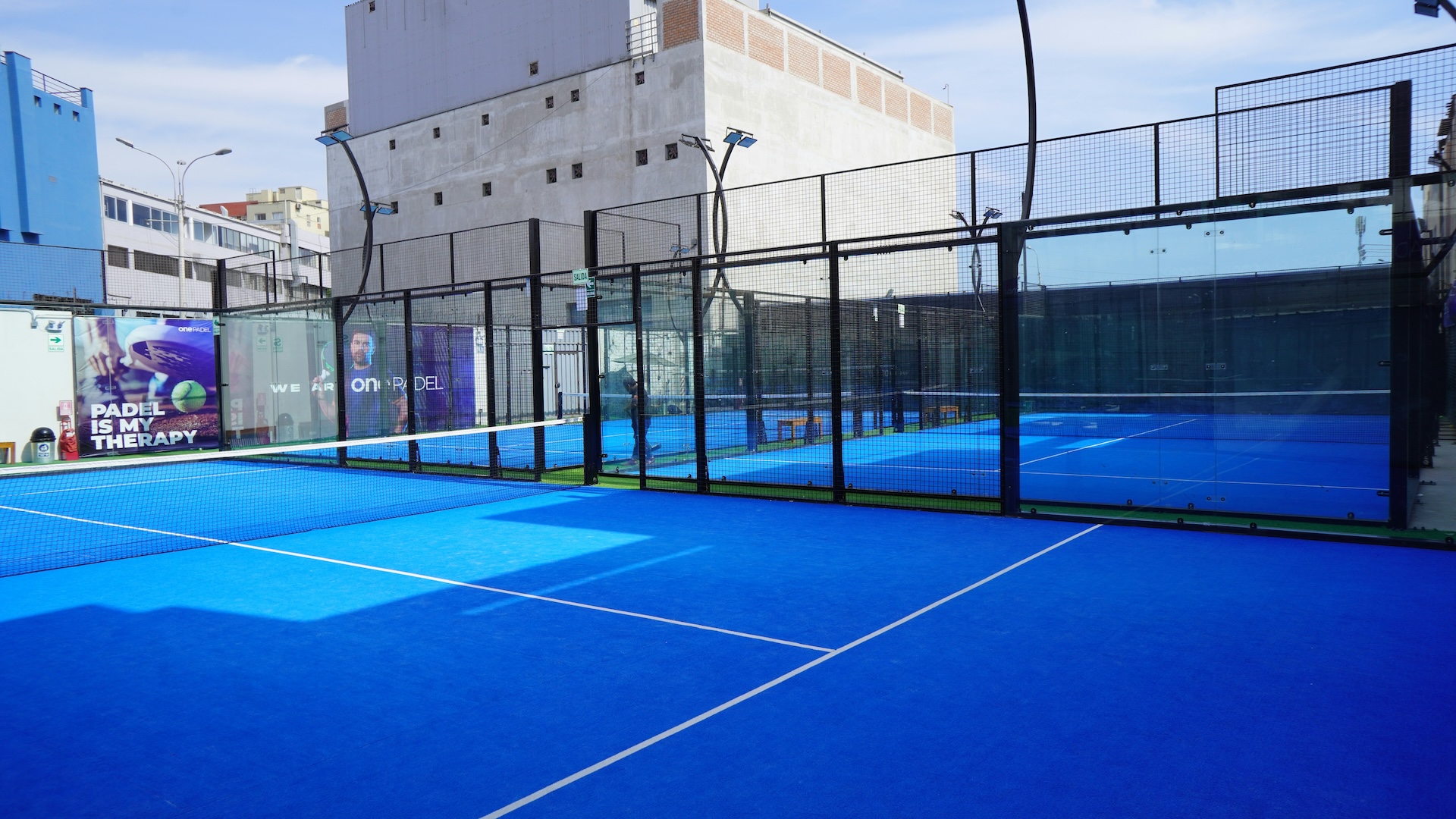
What about if you don’t have enough people to play with?
Padel is a game played in doubles. You can still play it one on one, but technically it should then be played on a smaller court than a doubles one. It’s made to be a game played with four people.
If you’re struggling to convince others to join you for a game, there are some ways to get up to that full compliment. Platforms like RacketPal and Playtomic can help you find other players to play with as well as a court to play on. It’s a platform that works worldwide, so if you happen to be on your travels and you’re keen to squeeze in a match, these are the apps and platforms to turn to.

Padel vs Pickleball
There’s actually two big Ps in racket sports right now and the other one is called Pickleball. Both are growing and while there are some similarities between how the two are played, there’s also some clear differences. Pickleball is played on a smaller court than Padel and doesn’t include walls to play off. It uses a plastic ball that’s less bouncy and even less like a tennis ball.
You do have a net to play over and do need to serve underhand, but scoring is very different in pickleball. The design of the court is different too, with a Pickleball court featuring a zone in front of the net known as the kitchen, where players are not allowed to volley from.
Padel in comparison feels a lot closer to tennis, while Pickleball may favour those that don’t necessarily want to do a lot of running around and focus a little more on your reflexes to return the ball.
- 7 best HOKA trainers for men: As great on the street as they are on the track
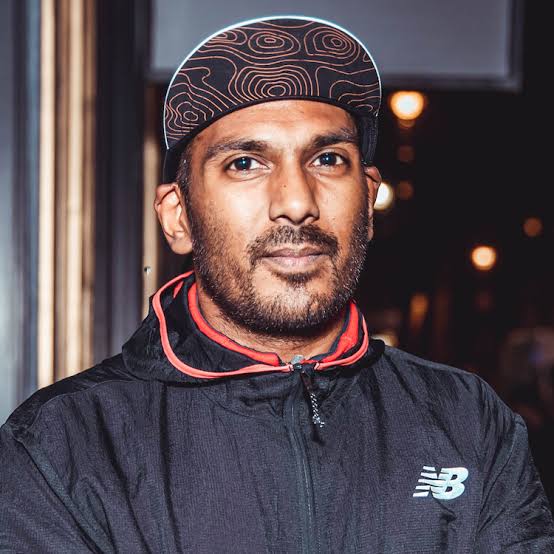
A freelance journalist and former editor of Wareable, Michael Sawh specializes in consumer tech, fitness, and running. His expertise has been featured in top outlets like Wired, Men’s Fitness, and BBC Science Focus, as well as on BBC's The Travel Show. He also co-hosts the YouTube channel The Run Testers, where he puts running gear to the test.
You must confirm your public display name before commenting
Please logout and then login again, you will then be prompted to enter your display name.